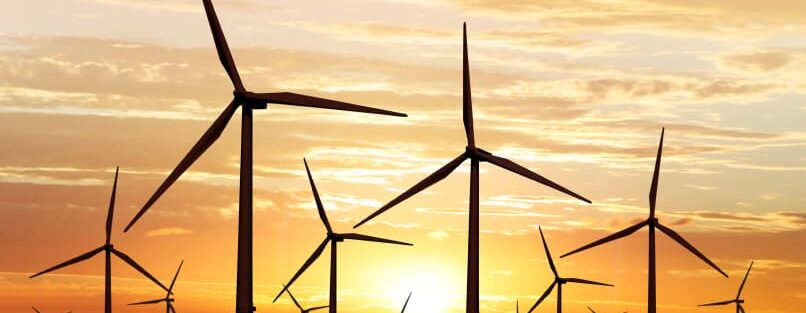Wind energy has emerged as a promising alternative to traditional sources of power generation. With its abundance and renewable nature, it offers a sustainable solution to meet the world’s growing energy demands. As wind turbines play a crucial role in converting wind energy into electricity, optimizing their design becomes paramount to maximize energy generation. In this article, we will explore innovative approaches to turbine design and strategies for harnessing the elements to achieve maximum wind energy output.
Unleashing the Power of Wind: An Innovative Approach to Turbine Design
Traditional wind turbine designs have limitations in terms of efficiency and energy generation. However, with advancements in technology, innovative approaches to turbine design have emerged. One such approach is the use of vertical-axis wind turbines (VAWTs). Unlike their horizontal-axis counterparts, VAWTs are capable of capturing wind from any direction, making them more efficient in areas with variable wind patterns. Moreover, their compact design allows for easier installation in both urban and rural environments. By employing innovative designs such as VAWTs, we can unlock the full potential of wind energy and maximize electricity generation.
Another innovative approach to turbine design involves the incorporation of smart materials. These materials have the ability to adapt to changing wind conditions, optimizing the turbine’s performance in real-time. For instance, the use of shape-memory alloys allows the turbine blades to adjust their shape based on wind speed and direction, resulting in improved aerodynamic efficiency. Additionally, self-healing materials can repair minor damages caused by harsh weather conditions, reducing maintenance costs and downtime. By integrating smart materials into turbine design, we can enhance energy generation and ensure the longevity of these renewable energy systems.
Harnessing the Elements: Strategies for Maximizing Wind Energy Output
To maximize wind energy output, it is essential to strategically position turbines in areas with high wind resources. By utilizing advanced wind mapping techniques and data analysis, we can identify optimal locations that offer consistent and strong wind currents. Additionally, offshore wind farms have gained popularity due to their proximity to strong coastal winds and fewer obstacles compared to onshore sites. By harnessing the power of offshore winds, we can significantly increase energy generation and reduce dependency on fossil fuels.
Furthermore, to maximize energy output, turbines must be designed to operate in a wide range of wind speeds. Variable pitch control systems allow the turbine blades to adjust their angle with respect to the wind, optimizing power production at different wind speeds. Additionally, the use of multiple generators within a single turbine can increase energy generation by capturing wind energy at different wind speeds simultaneously. By implementing these strategies, we can harness the elements effectively and achieve maximum wind energy output.
In conclusion, optimizing wind turbine design is crucial for maximizing energy generation from wind power. Innovative approaches such as vertical-axis wind turbines and the integration of smart materials offer new possibilities for improved efficiency and performance. Furthermore, strategic positioning of turbines in high-wind areas and the use of variable pitch control systems and multiple generators contribute to maximizing energy output. As the world increasingly embraces renewable energy, further advancements in wind turbine design will continue to drive the transition towards a more sustainable and greener future.



